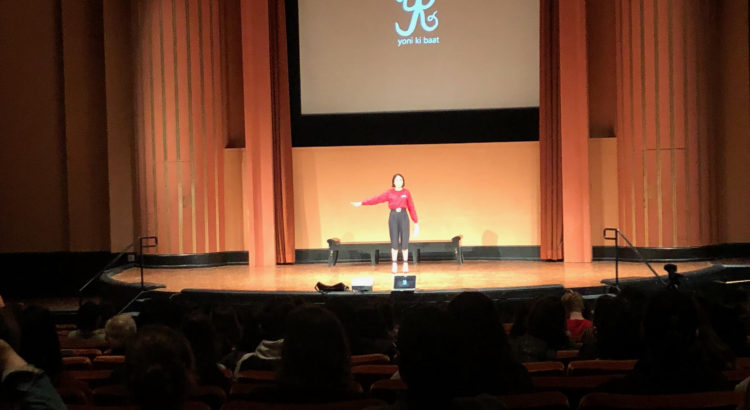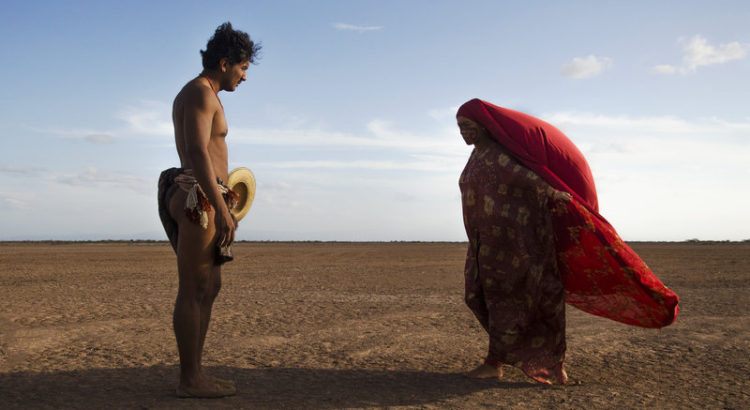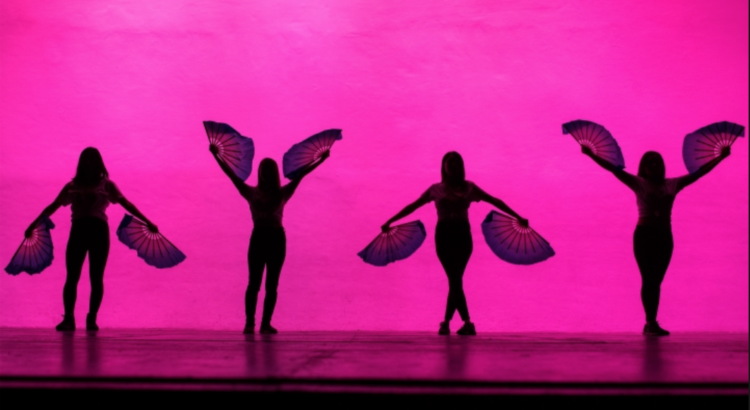Two of my recent musical passions are classical music and Chinese pop music. Recently I have been listening to Johannes Brahms second symphony and the Chinese band Sodagreen. This concert wasn’t a blend of classical music and Chinese pop music, but it is a western take on Chinese music.
Grace came out to play the first song in a beautiful red dress. What was most interesting about this first piece is that Grace played with only one hand. I am not sure if this is how the piece is supposed to be played, if she was showing off, or was doing a technical exercise, but I can only imagine it is easier to play any song with two hands. My favorite song by Grace was the second song she played Jasmine Flower Fantasia because of how different her right and left hand played in this piece. Her right hand played a peaceful quiet background which sounded like raindrops while her left hand more forcefully played the actual melody. Her left hand reminded me of someone busily basking away, if that makes any sense.
Grace’s style in this concert was very focused around emphasizing loud notes. It was like she would just buildup until she hit a few key important notes and then would start again. For the piano the loudness of the note played is extremely important. Whether the note is banged by a hand crashing down or carefully pressed by a finger makes it a completely different note. This is what I think distinguishes the piano most from other instruments like the guitar.
Oliver Jia was a piano master. He style was fast and quiet. I am not sure what the technical term is, but he would hit a few notes very fast so it sounded like musical notes in a flurry. When doing this if he messed up one note or missed the tempo, it would be a very apparent mistake, so thankfully he played this perfectly. A lot of his songs had a showtooney feel to them, which I assume was the western influence. My favorite song Oliver played was The Bright March in Liu Tianhua Impromptus. It really sounded like a march.
The second half of the performance they played together. Even though I had my wisdom teeth pulled the day before, I felt extremely comfortable sitting there and listening to the beautiful music. Classical music brings up emotions in me that I can’t communicate with words. It was a remarkable performance and I was very happy to see a standing ovation at the end.











